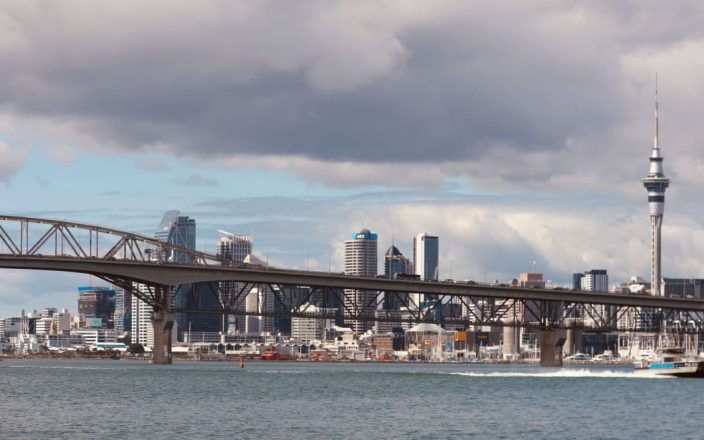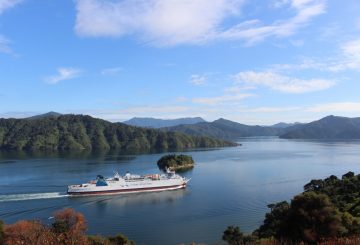웨인 브라운 (Wayne Brown) 오클랜드 시장은 웨이트마타 항구 아래에 터널 대신 버켄헤드와 포인트 슈발리에 사이에 새로운 항만 횡단로를 건설하고자 합니다.그는 450억 달러가 넘는 비용이 들 수 있는 터널을 건설하려는 이전 노동당 정부의 계획을 비판하며 이를 감당할 수 없다고 비판했다.
브라운은 포인트 슈발리에의 메올라 리프부터 버켄헤드의 카우리 포인트까지 둑길이나 다리를 여러 개 이용할 것을 제안했다.그는 멜라 리프 (Meola Reef) 가 항구 쪽으로 튀어나와 있어 자연 그대로의 모습을 볼 수 있어 횡단보도를 건설하기에 적합한 장소라고 주장했습니다.또한 그는 교량이 터널보다 건설 비용이 훨씬 저렴하다고 말했습니다.
그는 새 교량을 노스 쇼어 (North Shore) 에 있는 정부 소유 토지와 연결해 프로젝트 비용을 충당하기 위해 재분할할 수 있다고 제안했습니다.브라운은 자신의 교량 계획 비용이 터널 비용의 약 10% 에 불과할 것으로 예상했으며, 교량에는 에어컨이나 특수 공기 흐름 시스템이 필요하지 않을 것이라는 점을 지적했습니다.
브라운은 구체적인 건설 일정을 제시하지는 않았지만 정부가 터널에 대한 결정을 내리기를 기다리는 것보다 시간이 덜 걸릴 것이라고 확신했습니다.그는 오클랜드의 상황을 런던과 파리 같은 도시와 비교하면서 새로운 교량이 대체 경로를 제공하면 교통량을 줄이는 데 도움이 될 수 있다고 제안했다.
브라운은 메올라 로드 (Meola Road) 와 같은 지역 도로에 미치는 영향에 대해 질문을 받았을 때 현재 진행 중인 공사를 인정하면서도 교량 계획에는 도로를 허물지 않아도 된다고 주장했다.그는 아직 시미언 브라운 교통부 장관과 이 계획에 대해 논의하지는 않았지만 자신의 제안에 확신을 표명했다.
브라운은 또한 이전에 크리스토퍼 룩슨 총리에게 터널 계획을 “무산”시키겠다고 말한 것에 대해서도 언급했는데, 이는 정부로서는 비용이 많이 들고 난처한 선택이었음을 시사했다.그는 룩슨이 자신의 교량 아이디어를 지지해주길 바라고 있습니다.





























































